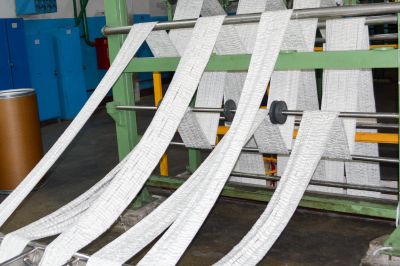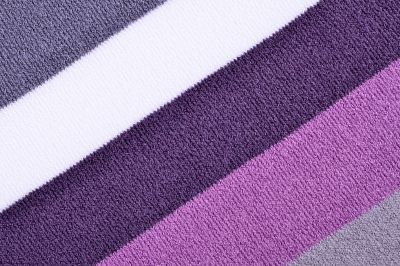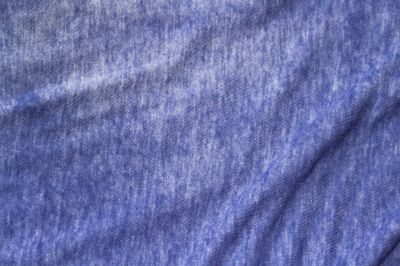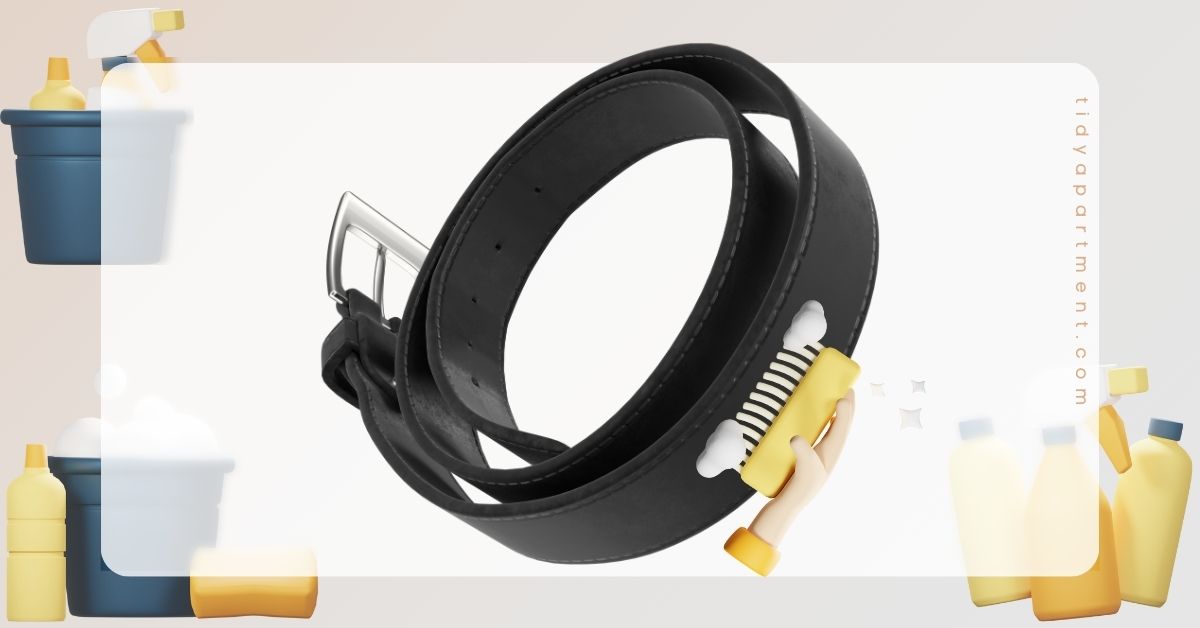When it comes to washing synthetic clothes, one rule doesn’t fit all. Depending on the types of fabrics, it’s essential to understand the appropriate way to keep them lasting for a long time in their original form and quality.
Synthetic clothes have carved a niche in our daily clothing habits. Due care is a prime requirement while washing synthetic clothes. Let’s understand the correct ways to wash synthetic clothes and maintain them long-term.
Page Content
What are the Different Types of Synthetic Clothes?
- Acetate and Triacetate
- Acrylic
- Nylon
- Polyester
- Vinyl and Rubber
- Rayon
- Olefin
If you want to know more about synthetic materials used in clothes, then you must read: 7 Different Types of Synthetic Clothes
How to Wash Synthetic Clothes at Home?
Washing synthetic clothes at home is pretty simple. You don’t need to be a pro to do that with DIY techniques. Let’s understand how to wash synthetic clothes—mainly acrylic, polyester, and spandex—at home.
1. Acrylic
Acrylic clothes resemble their woolen counterparts. You can machine wash them by setting the temperature low and using the appropriate cycle. A typical laundry detergent is sufficient for cleaning your acrylic clothes. You can hand-wash delicate acrylic clothes using warm soapy water. Gently squeeze out the extra moisture from the clothes and let them air dry.
Do you own acrylic sweaters? If yes, then you must learn: How to Wash Acrylic Sweater

2. Polyester
Since polyester clothes are tough with elasticity and free from wrinkles, you can machine-wash them. You can wash polyester clothes using any detergent. However, you may have to add a fabric softener to rid the clothes of static electricity. Avoid excessive tumble-drying of polyester clothes to prevent them from shrinking. Iron polyester clothes with steam for optimum results.
Want to learn the best way to wash polyester? Then you must read: How to Wash Polyester

3. Spandex
Spandex material goes into the making of most sportswear due to its durability and flexibility. You don’t have to care for these clothes while washing them. However, ensure to match colors while washing them, using a standard detergent.

What to Keep in Mind While Washing Synthetic Clothes?
These tips aim to help you keep your power bills low and increase your washing machine’s and synthetic clothes’ longevity. We’ve seen better results while washing synthetic clothes with these tips.
1. Wash Only in Cold Water
Wash clothes with water temperatures up to 86 °F (30 °C). Water and the heat from the machine may weaken the yarn. In addition, you can save 90% of the energy that goes into heating the water. Following this tip reduces about 40% of power usage and saves your synthetic clothes from getting ruined.
2. Wash Only When Necessary
Avoid dumping your synthetic clothes as soon as you notice a single stain. Removing the stain without washing the entire garment if possible. Wash only when the clothes stink and haven’t been cleaned for a long time.
3. Front-load Washing Machines are the Best Option
As per our observations, synthetic clothes washed in front-load washing machines shed 20-50% less than in top-load washing machines. So, if you are a fan of synthetic clothing, get a front-load washing machine next time instead of a top-load.
4. Use a Slow Spin Cycle
The less the spin, the less friction. And friction may cause the synthetics to shed quickly. Hence, we recommend a slow spin cycle while washing synthetic clothes.
5. Wash Synthetic Clothes with Soft Clothes
Avoid mixing items on a hard surface with your synthetic garments. The hardness may hit the synthetics during the washing, leading to the breaking of the cloth fibers. Hard surface clothing includes jeans, leather, and similar types. Ensure you wash your synthetic clothes with soft ones only.
6. Put Synthetic Clothes in a Mesh Bag
Always wash synthetic clothes by putting them in a mesh bag. It helps the shedding to lessen by 79% for partially synthetic clothing and 86% for all synthetic garments.
7. Wash on Full Load
Wash synthetic clothes on full loads. It helps you to lower the thumping that results in friction, ultimately leading to the shedding of the fabric. Full loading saves you a lot of effort, money, and water. Ensure you don’t fill up the clothes to the rim, and keep at least 25% of space vacant for efficient performance.
8. Use Liquid Detergent
We recommend using liquid detergent. Because powdered detergent may have mineral abrasives that may cause friction, finally leading to the breaking of the fibers, ensure the detergent you use is bleach-free, as it may degrade the fabric.
Related: Does Laundry Detergent Expire?
9. Wash on Short Cycle
Washing on a short cycle helps to keep the fibers intact for a long time. Wash longer only if the clothes are full of mud.
10. Use a Washing Machine Filter
Use washing machine filters to trap most microfibers. The default filters on the washing machine fail to catch most microfibers.
11. Air Dry, and Do not Use a Dryer
Drying the clothes in the machine dryer is a bad idea. Why? Because the heat from the dryer may damage your synthetic items of clothing. So, make it a rule to air-dry your synthetic clothes. And the best part is that synthetic clothing dries out pretty quickly.
How to Maintain Synthetic Clothes?
Washing synthetic clothes is one thing; maintaining them for a long time is another. Let’s understand a few tips to maintain synthetic clothes long-term.
- Never touch your synthetic clothes when you have used oils or lotions. Synthetic fabrics absorb oils effortlessly, and you may ruin your garment.
- Folding and storing synthetic clothes is better than hanging them in your closet. Hang them only if you want to wear them frequently, but they are more prone to wear quicker than folded and stored ones.
- Fold your synthetic garments by their hems to retain their original shape.
- Avoid sharp creases on your synthetic garments when you store them in storage boxes. The order of storing in the storage boxes must be heaviest at the bottom and lightest at the top.
- Synthetic clothes should be stored in clean and fresh cupboards. The cupboard should not contain any bugs that eat clothes. Use baking soda to rid any filthy odor in place of perfumes that may result in stinking the clothes.
- Store your synthetic clothes in a dark and cool place. Direct sunlight and radiators may ruin them. Ensure the place you store is dry and moisture-free, else mold may build on the garments.
- Remove any stain immediately after you notice it. Repair any rip or incision with embroidery design in the nick of time. Keep a tab on loose buttons and tighten them or replace lost buttons with new ones immediately.
Should You Wash Synthetics With Other Clothes?
From our personal experience, we recommend washing synthetics separately and not mixing them with your other clothes. Though we suggest washing them together occasionally because it will suit your synthetics, washing them separately is the key here.
Because synthetic clothes absorb oil and may come up with a coat of detergent with their odor, they may lose their flexibility, making your movement difficult when you wear them during any sport or yoga activity.
- How do you hand wash synthetic clothes?
Hand wash synthetic clothes; the best option is to wash them in warm, soapy water with mild detergent.
- How often do you wash synthetic clothes?
Wash synthetic clothes only when the need arises. However, if you are a sportsperson and frequently dirty your synthetic garments, wash them whenever they are full of mud or sweat.
Conclusion
Synthetic clothes are a great option. It allows you to flaunt your style on an affordable budget. However, when it comes to maintaining these clothes, there are certain conditions that you need to follow.
Proper wash, care, and maintenance of synthetic clothes help you keep them beautiful for a long time. In addition, it also helps to retain the fabric’s flexibility and durability with enhanced longevity.



